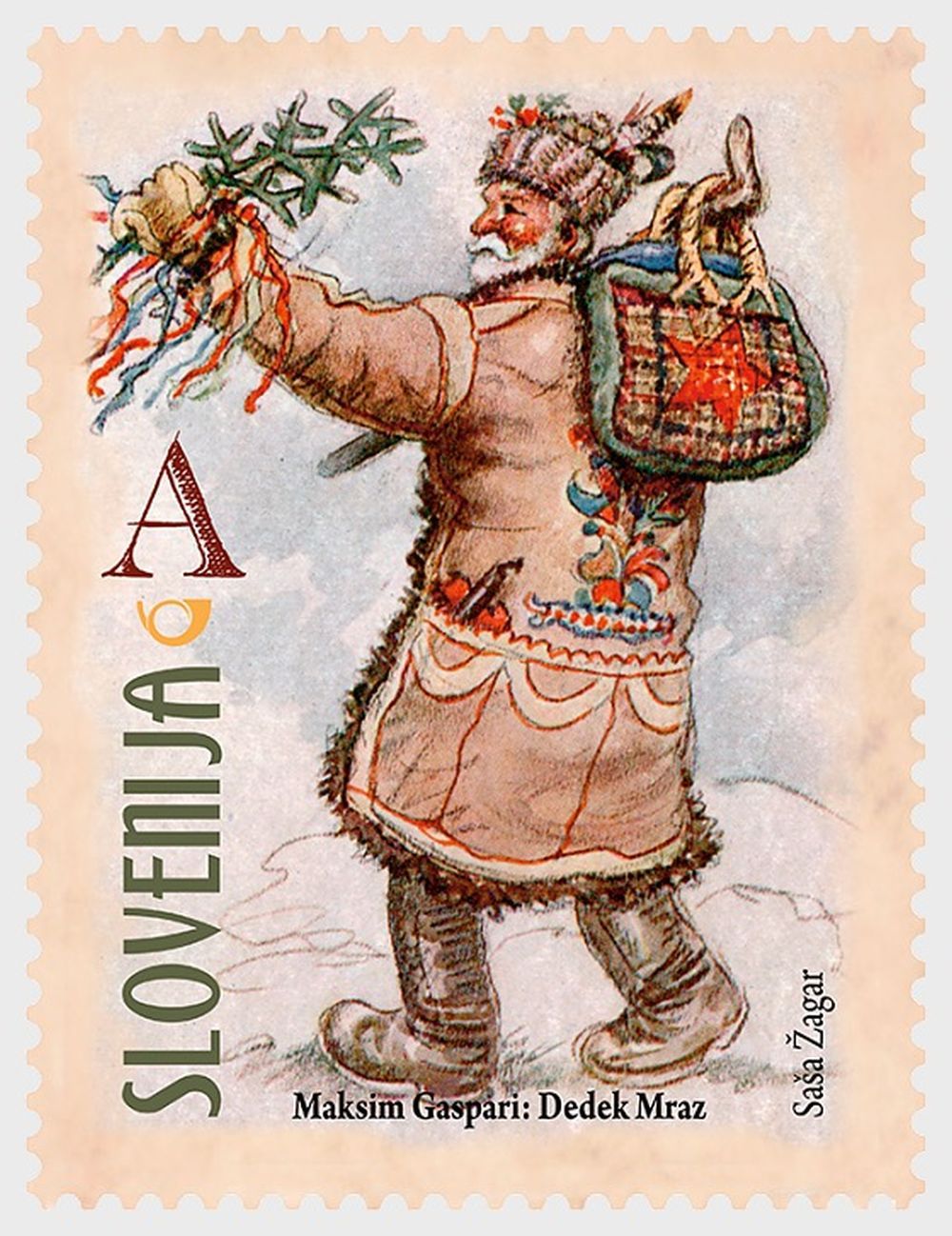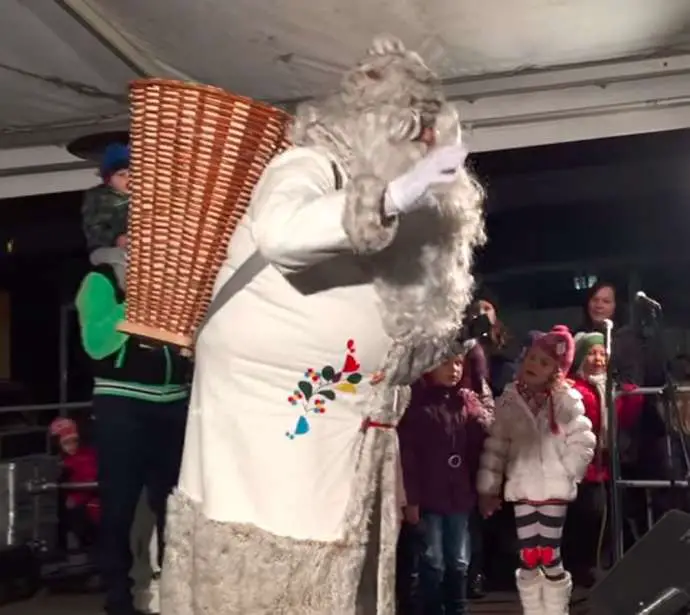December 25, 2018
Although it is often claimed that Dedek Mraz (Grandpa Cold) is a Russian communist invention, the man, although Russian in its origin, originates in Slavic pagan mythology.
The cold winter brother of the Vodianoy water deity, the Russian Ded Moroz got fed up with the cold and decided to travel the world. On December 22 he arrived to a town called Veliky Ustyug, where he organised a big feast for the local population. In early Russian Christianity the image of this Slavic winter man merged with that of St. Nicholas. However, in the 19th century the winter man got emancipated again, thanks to Snegurochka, the snow fairy from Aleksander Ostrovski’s stage play. The couple, Snegurochka and Ded Moroz, were further linked after Rimsky-Korsakov turned the story into an opera. After this Ded Moroz with a Kuchma on his head became part of a December tradition in Russia that failed to be removed by even the Bolsheviks, who initially declared him state enemy but were then forced to turn him into a revolutionary, since he seemed to be there to stay. Also, following the onset of the Cold War at the end of WWII, Ded Moroz became a handy competitor to the ever more popular American Santa Claus.
In Slovenian tradition, however, Dedek Mraz was in fact introduced by a Communist Party decree, although not without a twist: by the time he came to Slovenia the Soviet-Yugoslav schism had occurred, and Dedek Mraz had to be distanced from his Russian original.
The whole revolutionary spirit in these parts was a bit behind the Russian schedule, and communism only began spreading in Yugoslavia during WWII. Christmas was only cancelled as a national holiday in 1952, when a new solstice holiday was fully developed. The celebration of the New Year’s tree was first introduced in 1948 at Ljubljana’s Congress Square (Kongresni trg) and in the sports hall Tabor, the same year the Tito-Stalin split occurred. As the introduction of the “New Year’s Tree” was well accepted by the public, plans were prepared in the following year which would include celebrations of both the partisans and Dedek Mraz.
In 1949 Dedek Mraz was depicted for the first time in Slovenia on the cover of a children’s magazine, Ciciban. He was wearing a white Russian coat and had a Kuchma on his head. However, due to the Soviet-Yugoslav split, Dedek Mraz now needed to differ from the Russian original as much as possible. So in 1952 Dedek Mraz’ new image was “put in law” by Maksim Gaspari’s depiction of the man wearing an inside out sheepskin coat decorated with Slovenian folk patterns, while the Kuchma was replaced with a dormouse hat. To emphasize its new origin, Dedek Mraz resides on mount Triglav and carries presents in a traditional Slovenian woven basket on his back.

Following the dissolution of the Eastern Bloc, the newly established states that had celebrated Dedek Mraz for fifty years suddenly had to deal with the comeback of competitors in the field of old men who give presents to good children in December. In Croatia, he changed his name to Grandpa Christmas (Djed Božićnjak), in Poland he was fully replaced again by the Catholic Saint Nicholas, and in Romania he was forgotten and replaced by Santa Claus.
In Slovenia, however, the ideological conditions allowed for all of the versions to persist: the comeback of St. Nicholas, who by religious tradition brings gifts on the eve of the December 6th; Santa Claus, who by the liberal pop-culture standards brings gifts on Christmas Eve; and the leftist Dedek Mraz, who bring gifts on New Year’s Eve. Although the three can sometimes be seen in shopping centres drinking brewed wine together, the struggle for dominance continues under the surface of this picture of seasonal unity and peace in difference.






